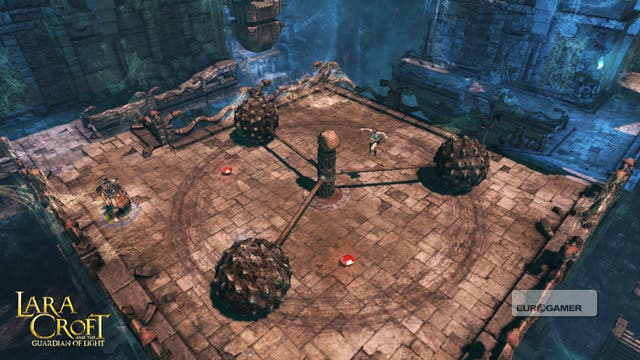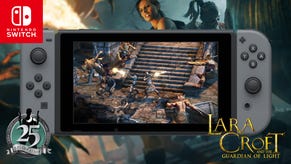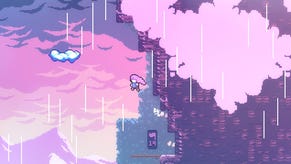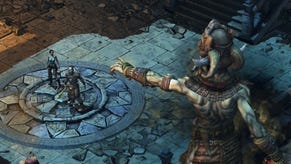Lara Croft and the Guardian of Light
Lara, Lara laughs.
Early on during the PR spiel for Guardian of Light, some of the games listed as sources of inspiration leave me a bit thrown.
Diablo? Gauntlet? Baldur's Gate: Dark Alliance?
These seem like odd ingredients to toss into the Tomb Raider cooking pot, but then again this isn't Tomb Raider. It's a whole new direction for the aristocratic archaeologist, and one which the team is relishing. And soon after the pad is put into my hands, the comparisons start to make sense.
Lara's new adventure has all the appearance of a dungeon crawling loot fest - from an isometric viewpoint we see torches flicker and enemy mobs swarm over ledges, requiring swift crowd control. There are no equipment drops but little numbers levitate rewardingly over defeated enemies - points for the killer which up the competitive ante. Health, ammo and other pick ups are suffused with an inviting glow, as do the point scoring gems hidden in darker corners.
Before long, another parallel becomes apparent - the controls are basically the same as those of a twin-stick shooter. Aiming is done with the right stick and moving with the left, with the right trigger as the fire button. Navigating the hordes of spiders and ogres which the scenery spews forth is a little like a session of good old Geometry Wars - you find yourself clearing and moving into space while the horde jostles around you.

It all feels a bit odd at first. The infinite ammo on Lara's trademark default twin-pistols means that the screen rapidly turns into a hail of gunfire, while the chunky bullets and coloured numbers everywhere make this look for all the world like anything but a Lara Croft game.
But it doesn't take long to get used to, and before long a bit of friendly competition develops between me and the PR doing the demonstration. That doesn't last long either. I accidentally drop a remotely detonated bomb, the only weapon with friendly fire enabled, and detonate it in a decidedly un-remote way - flinging a ragdoll Lara into a yawning chasm.
Restarts are quick, thankfully, and after a few seconds I'm back in the fray. If either character dies on-screen then they can be revived by their companio. Pile over the edge of a cliff and you'll pop up next to your co-op partner. Lives are infinite, and if both players expire then it's a short trip back to the latest checkpoint.

Adding to the arcade feel are the mini-achievements which are scattered throughout the game. Some of these take the form of one-off events, like crossing a river without touching the water, and some are gradually built up - the example on the demo level being to collect ten red skulls. Complete one of these mini-challenges and you'll be rewarded with extra ammo, health or occasionally an artefact. These artefacts will play a part in the final game, but their purpose currently remains a mystery.
This game does not mark a complete departure from the formula. Puzzles remain an intrinsic part of the gameplay, and if you're playing in co-op mode they'll all have a distinct flavour of team-work. Interestingly, if you play alone, it'll be without an AI partner. Crystal Dynamics wanted to avoid any of the frustrations which working co-operatively with AI in a complex environment can bring, so instead, players experiencing the game solo will have an adjusted set of abilities and challenges to overcome with them. In fact, the studio is confident that playing solo will provide a distinct enough experience that it'll feel completely fresh.















